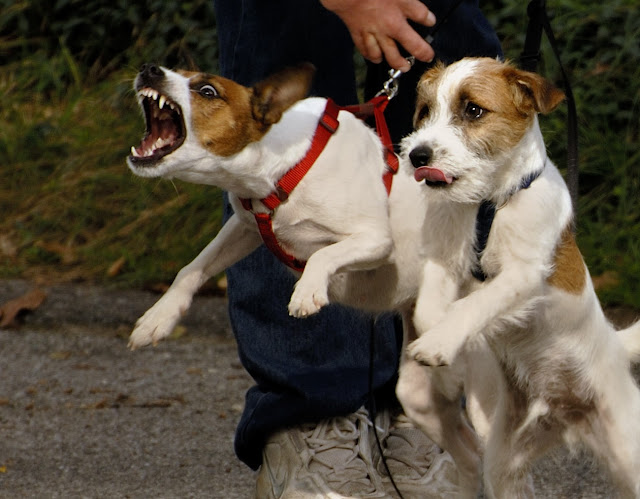The Complete and Comprehensive Guide on Shock Collar Training for Your Dog
How to Properly Use a Shock Collar to Properly Train Your Dog
A device known as a shock collar is one that delivers a jolt of electricity to the dog's neck in the form of a jolt in order to urge the dog to obey directions. Although shock collars are most commonly utilised in the training of canines, their applications are not limited to this realm and can also include protective and corrective measures.
- Fasten the collar around your dog's neck and hold it out until they begin to pay close attention to the commands you give them. In most cases, this will call for jolts lasting between 10 and 15 seconds for every instruction (depending on the size of the shock collar).
- You will likely need some knowledge of how this form of the electrical collar (like a lead) works in order to use a shock collar appropriately if you have ever trained your dog with another type of electrical collar. As an example, you should know how far back the lead should contact your dog's body before kindling his attention (this will help prevent any electric shocks from happening). Too much current and your dog may become sickly shocked; too little current and they may not comprehend what you're trying to do, which may be harmful, therefore it's important to know how powerful the electric current needed to shock your animal is.
- Be patient - while shock collars work best when used intermittently (every couple of weeks or so), some dogs may take longer than others to grow acclimated to them (especially if they've been previously trained with another form of electrical collar). If your dog isn't responding after three or four tries, wait until you have more time before trying again.
If your pet's behaviour changes after being shocked with a shock collar, don't hesitate to entrust them to a trainer's care.
How to Teach Your Dog Safety Using a Shock collar
Dogs can be taught how to use a safe shock collar using shock collars, a sort of training collar. First, make sure you have the right equipment and supplies before using a shock collar. These include a safe spot for your dog to sit or lay down as well as a shock spring harness and shock collar.
You must fasten the shock spring harness around your dog's back if you're teaching him to sit on his hind legs. Use an elastic band or thread it through two loops on either side of the harness to do this. Make sure the loop is snug enough to prevent your dog from moving it but not too tight to put him in danger of harming himself.
How to train your dog to utilise a shock collar correctly
Give your dog some fundamental instruction on how to react when exposed to an unexpected electric current (aversive) stimulus before teaching them how to use a shock collar (like being shocked). This information can be obtained in the majority of instruction manuals for shock collars or online announcements from experts in animal care who may be familiar with this kind of training method. Once your pet has absorbed this knowledge, training can begin!
First, during their initial exposure to an unpleasant stimuli from an electric charge, instruct them to remain calm and quiet. Then, provide a positive electrical stimulation of equivalent strength to the previous exposure but in the opposite direction. Allow them to play for approximately 30 seconds without further shocks. After 30 seconds, place their food out of reach again to teach them the association between the electric charge and the sensation it causes. However, be cautious not to overuse the "training collar for small dogs" as excessive stimulation can lead to heat exhaustion. The goal is to gradually increase their exposure to shocks over time so that they become more comfortable and confident with the sensation. Eventually, they will be able to tolerate shocks without fear.
Conclusion
There are numerous things you may do if you have a puppy and want to train him or her to be safe and successful with a shock collar. First, make sure you know what a puppy shock collar is and what it entails for your pet. Then, learn how to use it securely to train your puppy. Finally, use these pointers to help ensure a good training session.



Comments
Post a Comment